A MAGNIFICENT PAIR OF GILT-METAL GLOBES, TERRESTRIAL AND CELESTIAL, bearing the Tughra and Latin inscription of Sultan Murad III, diameters 29.6cm, overall height 40cm, overall width 38cm, unsigned [attributed to the workshop of Gerard Mercator at Duisburg], dated 1579 THE TERRESTRIAL GLOBE The globe is made of two gilded copper hemispheres, joined at the equator by brass counter-sunk head screws, elaborately engraved with an image of the world, coastlines shown by single lines with hachure edges, rivers by single or double lines with hachure infill, continents and place names engraved in roman capitals or fine italic script according to importance, towns marked by small circles, 60 towns in Europe marked by numeral codes, with a key set in central Pacific, major mountain chains marked by stylised shaded hill symbols, the continents decorated with 13 animals and beasts: Africa with two elephants,a rhino, lion, giraffe, a dragon, and an image of Prester John sitting on his throne: South America with 2 wolf-like beasts, one suckling its young, and 2 natives, one with a bow: the Antarctic continent decorated with an eagle and a hawk-like bird, the seas and oceans profusely stippled, decorated with a sea monster, Triton riding his sea-horse, a galley in the Indian Ocean and a European ship, major ocean names in large decorated italics, smaller inland seas in roman capitals, the cartouche placed in the lower Indian Ocean reads 'AMVRATHES TERTIVS Magni in coelo Dei soly:manus solus omnium regnum mundi rex imperator sultha:nus Turcarum: 1579'; the globe divided by lines of longitude at 15° intervals, and lines of latitude at 10° intervals, the prime meridian running through the Cape Verde Islands, the prime meridian, equator and ecliptic circle divided into 1° intervals alternately shaded, the prime meridian and ecliptic circle numbered every 10°, the equator every 5° where feasible, the ecliptic divided into the 12 signs of the zodiac and marked with their symbols, the polar circles and tropics of Capricorn and Cancer shown by double-rule lines, the positions of 2 magnetic poles are shown north of the Bering straits, the globe further engraved with the positions of 46 stars each with their latin names, some with their vulgarized arabic names, the majority positioned North of 50°N, the stars ordered on a magnitude scale of 1-4 (scale drawn on the Tropic of Capricorn below New Guinea), the continents and the seas decorated with 15 descriptive legends for areas in the far southern and northern latitudes (see Table 1). One screw is missing at the equator. SOURCES THE TERRESTRIAL GLOBE IS MODELLED ON GERARD MERCATOR'S PRINTED GLOBE OF 1541, incorporating directly the depiction of the lupus in South America, starnames, magnetic poles and the use of a numerical index for the European towns (the 1541 globe also has 60 names and the key in the Pacific Ocean). The inclusion of the magnetic poles is particularly Mercatorian and rarely seen on other globes from this period. The form of adding stars to a terrestrial globe is typically Flemish, and was used by Gemma Frisius on his terrestrial globe of 1537, and followed by Mercator on his 1541 globe. Few other makers adopted this feature. Of the 46 stars depicted all but one (Flumen/Angetenar) are shown on the Mercator globe of 1541. the Latin names for these stars derive from Mercator, although 9 stars have additional arabic names. THE CARTOGRAPHIC IMAGE IS TAKEN DIRECTLY FROM THE 1569 WORLD MAP OF GERARD MERCATOR published on 21 sheets in Duisburg, typical features being the depiction of the North and South Polar regions, the Ganges, the river Amazon, the distortion of the South American continent, the drawing of Triton and Prester John, the form and positioning of most of the place names, while, of the 15 legends on this globe 14 are in almost identical form to the 1569 world map (see Table 1). THE ONE LEGEND NOT IDENTICAL TO THE 1569 WORLD MAP IS FIRST FOUND ON RUMOLD MERCATOR'S WORLD MA
A MAGNIFICENT PAIR OF GILT-METAL GLOBES, TERRESTRIAL AND CELESTIAL, bearing the Tughra and Latin inscription of Sultan Murad III, diameters 29.6cm, overall height 40cm, overall width 38cm, unsigned [attributed to the workshop of Gerard Mercator at Duisburg], dated 1579 THE TERRESTRIAL GLOBE The globe is made of two gilded copper hemispheres, joined at the equator by brass counter-sunk head screws, elaborately engraved with an image of the world, coastlines shown by single lines with hachure edges, rivers by single or double lines with hachure infill, continents and place names engraved in roman capitals or fine italic script according to importance, towns marked by small circles, 60 towns in Europe marked by numeral codes, with a key set in central Pacific, major mountain chains marked by stylised shaded hill symbols, the continents decorated with 13 animals and beasts: Africa with two elephants,a rhino, lion, giraffe, a dragon, and an image of Prester John sitting on his throne: South America with 2 wolf-like beasts, one suckling its young, and 2 natives, one with a bow: the Antarctic continent decorated with an eagle and a hawk-like bird, the seas and oceans profusely stippled, decorated with a sea monster, Triton riding his sea-horse, a galley in the Indian Ocean and a European ship, major ocean names in large decorated italics, smaller inland seas in roman capitals, the cartouche placed in the lower Indian Ocean reads 'AMVRATHES TERTIVS Magni in coelo Dei soly:manus solus omnium regnum mundi rex imperator sultha:nus Turcarum: 1579'; the globe divided by lines of longitude at 15° intervals, and lines of latitude at 10° intervals, the prime meridian running through the Cape Verde Islands, the prime meridian, equator and ecliptic circle divided into 1° intervals alternately shaded, the prime meridian and ecliptic circle numbered every 10°, the equator every 5° where feasible, the ecliptic divided into the 12 signs of the zodiac and marked with their symbols, the polar circles and tropics of Capricorn and Cancer shown by double-rule lines, the positions of 2 magnetic poles are shown north of the Bering straits, the globe further engraved with the positions of 46 stars each with their latin names, some with their vulgarized arabic names, the majority positioned North of 50°N, the stars ordered on a magnitude scale of 1-4 (scale drawn on the Tropic of Capricorn below New Guinea), the continents and the seas decorated with 15 descriptive legends for areas in the far southern and northern latitudes (see Table 1). One screw is missing at the equator. SOURCES THE TERRESTRIAL GLOBE IS MODELLED ON GERARD MERCATOR'S PRINTED GLOBE OF 1541, incorporating directly the depiction of the lupus in South America, starnames, magnetic poles and the use of a numerical index for the European towns (the 1541 globe also has 60 names and the key in the Pacific Ocean). The inclusion of the magnetic poles is particularly Mercatorian and rarely seen on other globes from this period. The form of adding stars to a terrestrial globe is typically Flemish, and was used by Gemma Frisius on his terrestrial globe of 1537, and followed by Mercator on his 1541 globe. Few other makers adopted this feature. Of the 46 stars depicted all but one (Flumen/Angetenar) are shown on the Mercator globe of 1541. the Latin names for these stars derive from Mercator, although 9 stars have additional arabic names. THE CARTOGRAPHIC IMAGE IS TAKEN DIRECTLY FROM THE 1569 WORLD MAP OF GERARD MERCATOR published on 21 sheets in Duisburg, typical features being the depiction of the North and South Polar regions, the Ganges, the river Amazon, the distortion of the South American continent, the drawing of Triton and Prester John, the form and positioning of most of the place names, while, of the 15 legends on this globe 14 are in almost identical form to the 1569 world map (see Table 1). THE ONE LEGEND NOT IDENTICAL TO THE 1569 WORLD MAP IS FIRST FOUND ON RUMOLD MERCATOR'S WORLD MA

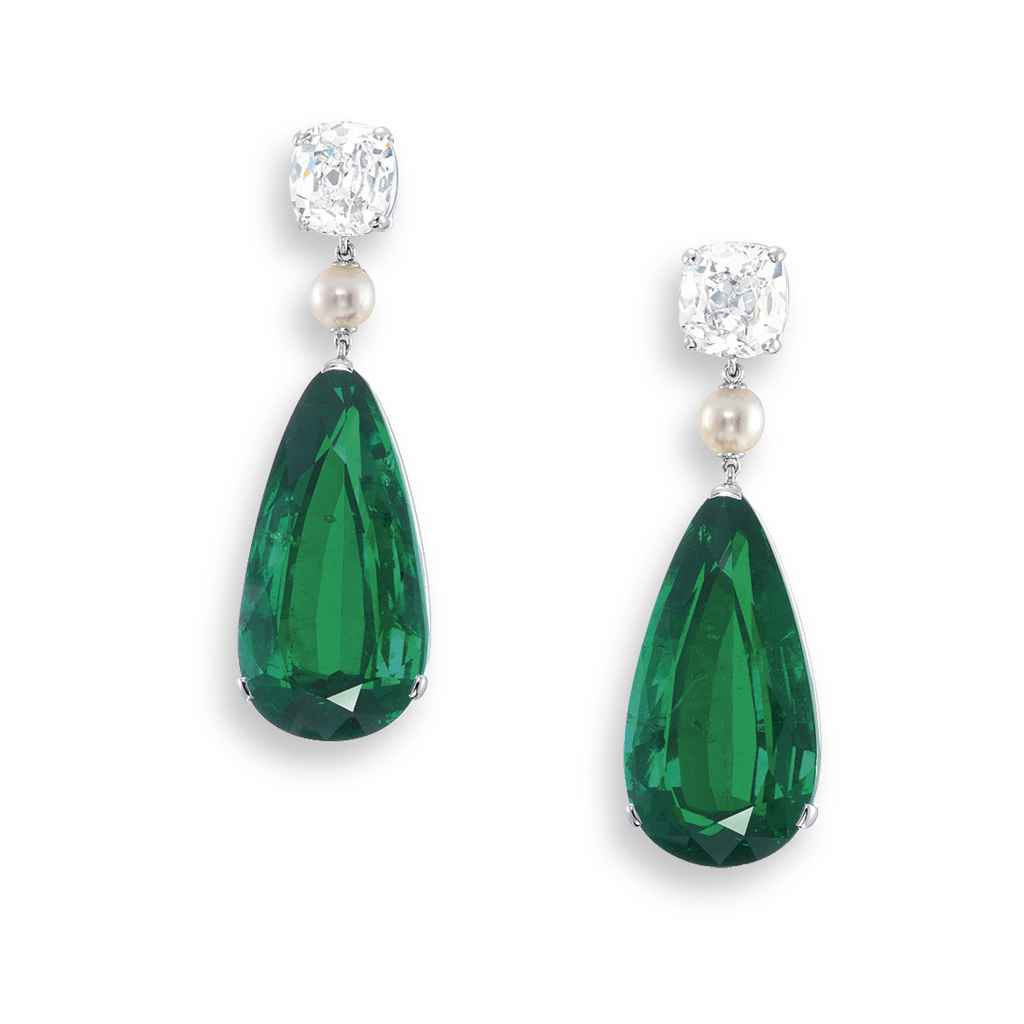
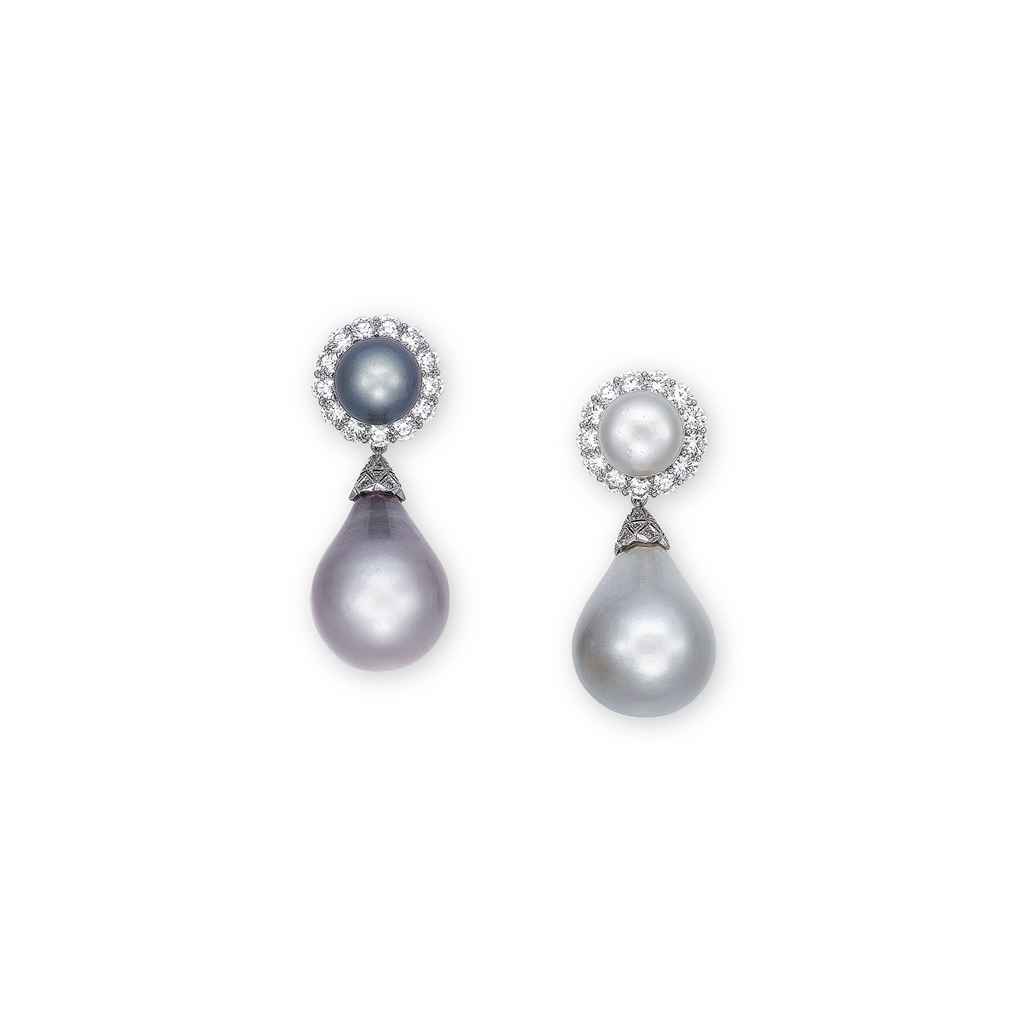
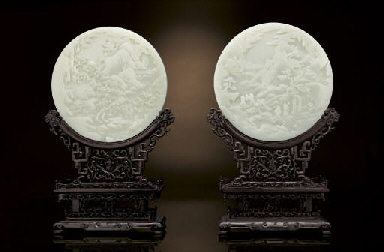
.jpg)
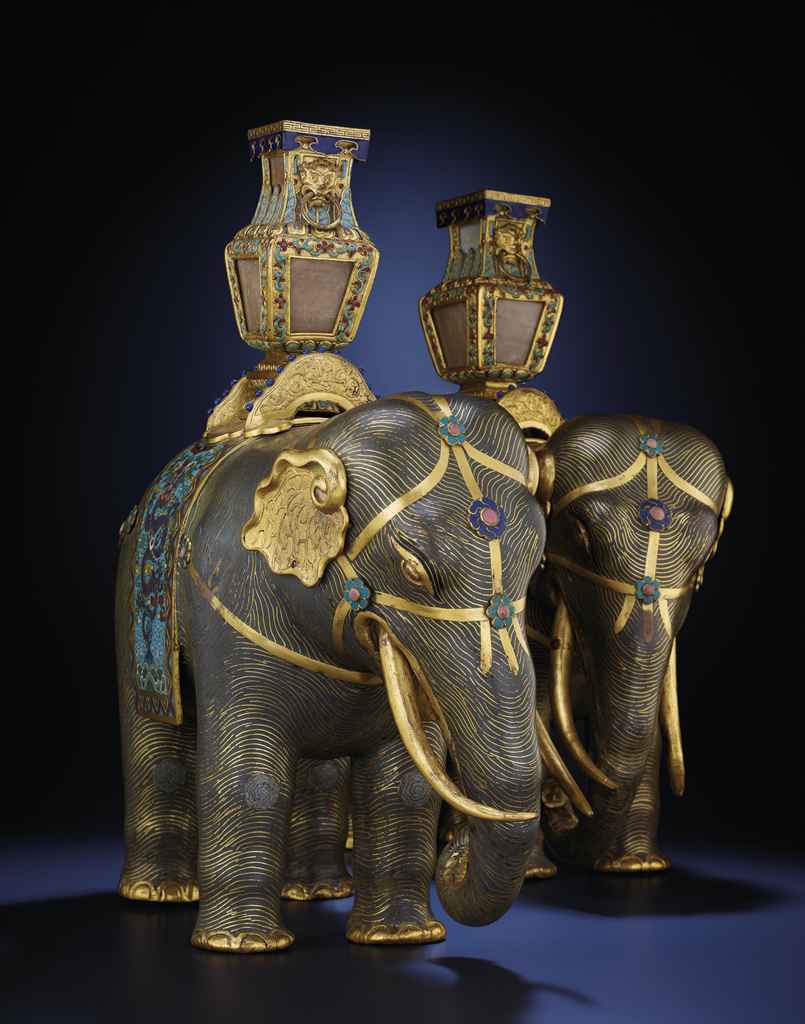
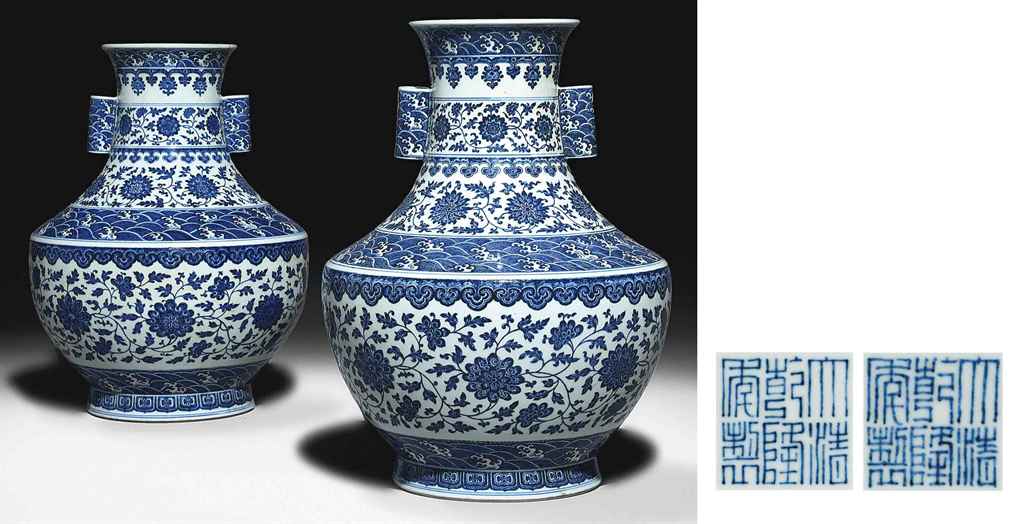
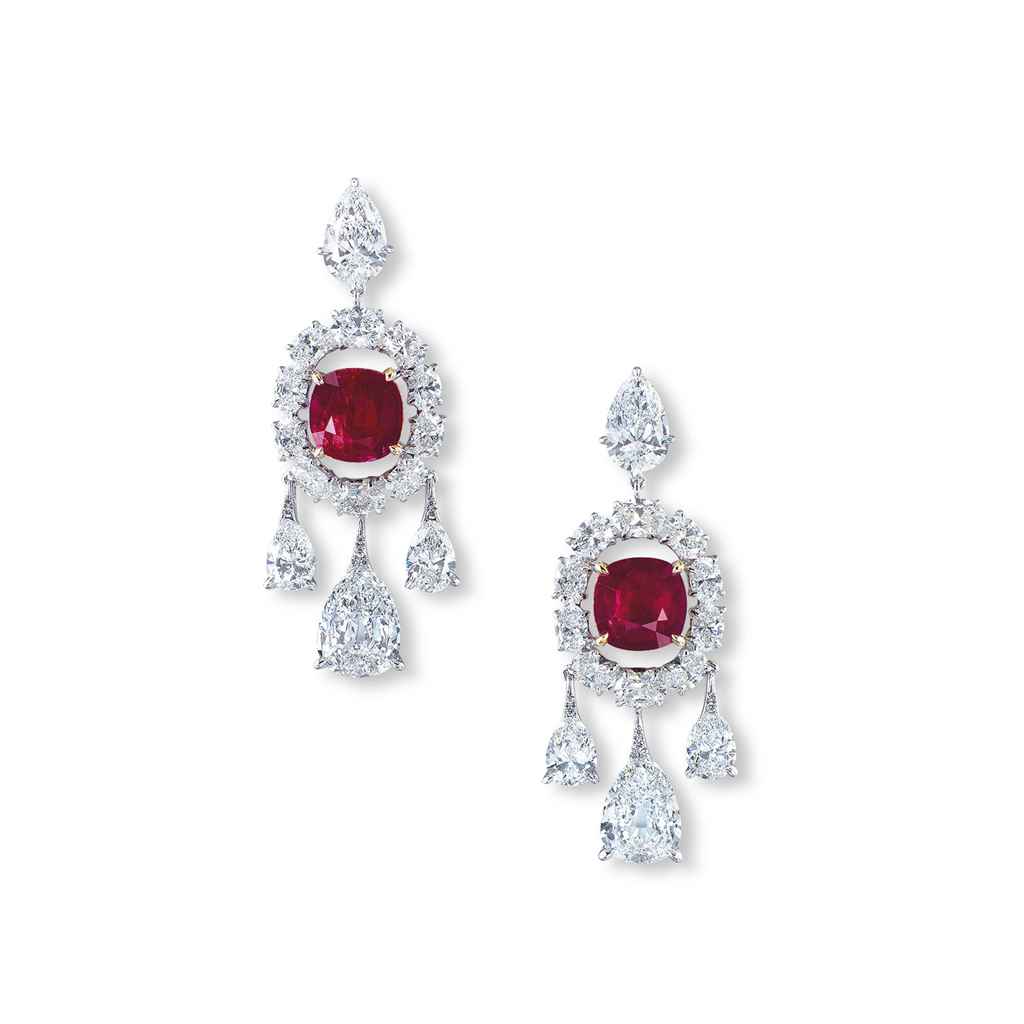
.jpg)
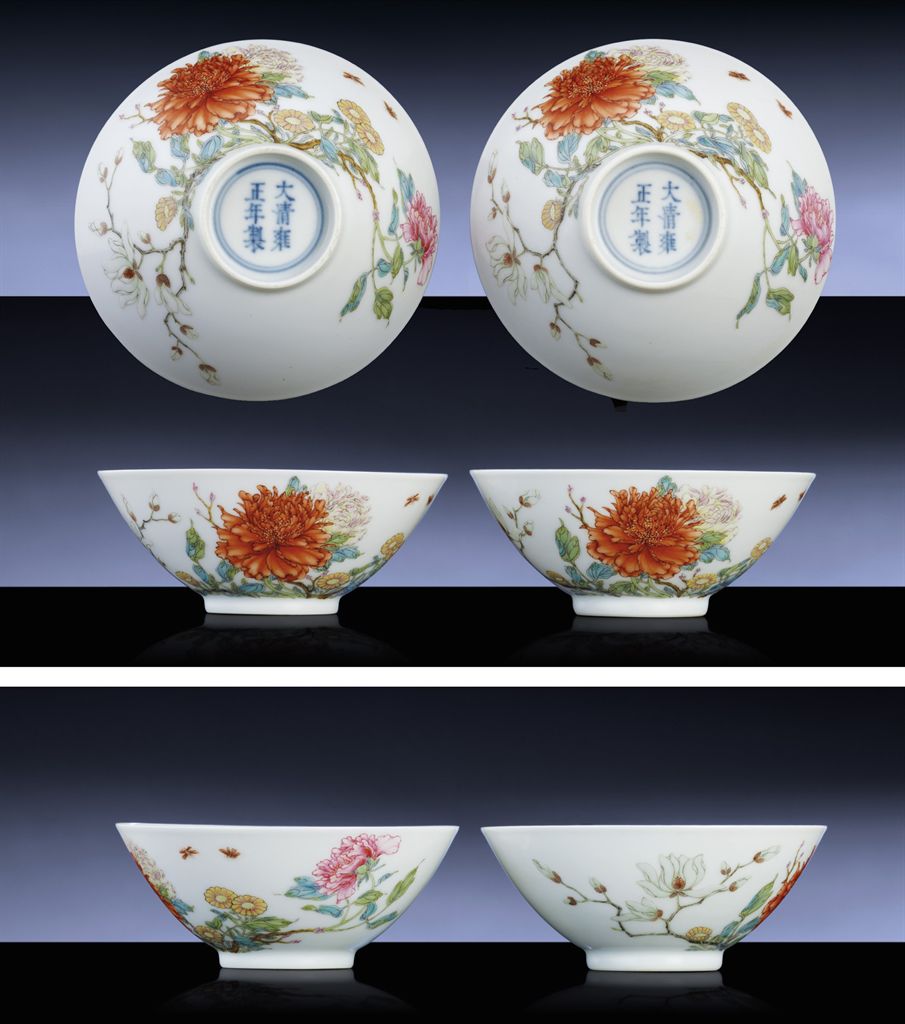
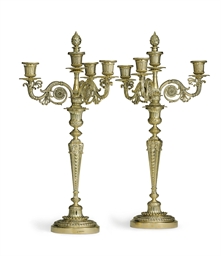
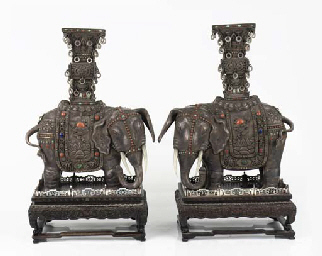
.jpg)

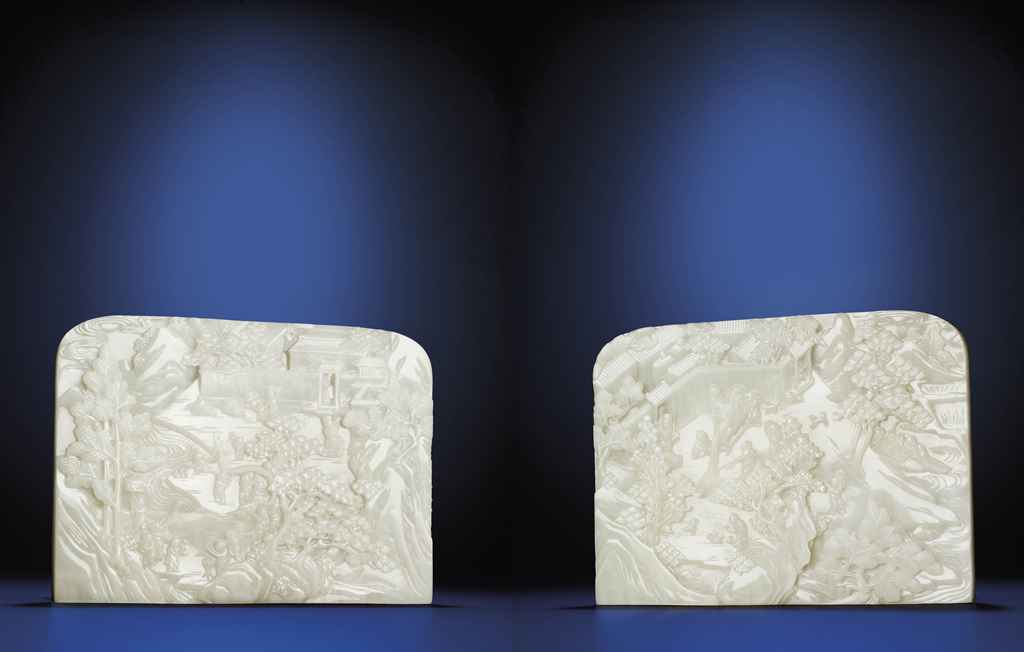
Try LotSearch and its premium features for 7 days - without any costs!
Be notified automatically about new items in upcoming auctions.
Create an alert